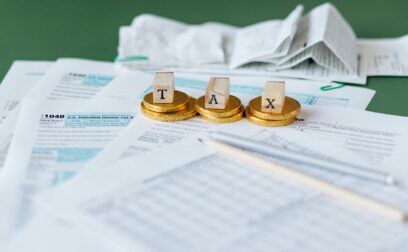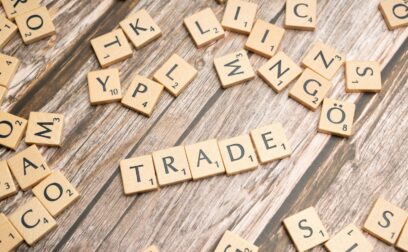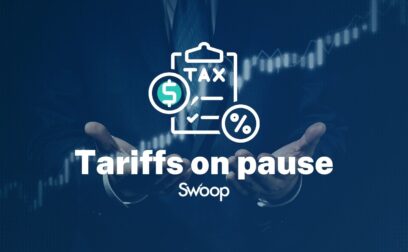An operating lease is a type of equipment lease where your business (the lessee) rents an asset for only a fraction of the item’s useful life. Contract hire is a specialised form of operating lease. It refers exclusively to the leasing of vehicles and is therefore often called vehicle asset finance.
An operating lease gives you the same tax advantages as a finance lease. The asset is seen as a rental expense – i.e. an operating cost – so it doesn’t appear on the balance sheet like it would with, for example, hire purchase. You can therefore offset payments against profit.
An operating lease may work out cheaper than a finance lease because your base rental costs are calculated using the value of the asset over the agreed lease period. The lessor would expect the asset to have a resale value at the end of the lease period, i.e. the residual value. This is because operating leases are usually taken out for assets like aircraft, vehicles and construction plant and machinery, all of which will have a residual value. Your rental payments therefore wouldn’t cover the full cost of the asset, unlike with a finance lease.
If you’re in the business of leasing vehicles in particular, you might want to look at contract hire. The difference between a finance lease and a contract hire agreement is that, at the end of the agreement, the payments you’ve made as part of your contract hire agreement will count towards the purchase of the equipment.
An operating lease is designed for businesses that want to rent an asset for the short (or medium) term. It’s the simplest form of equipment lease. Your business doesn’t take on the risks and rewards of owning the asset (i.e. maintenance costs, insurance costs and fluctuations in value) – this is in contrast to a finance lease.
Another advantage of an operating lease is that you can upgrade regularly because of the short lease terms. You might even be able to upgrade during a lease term (at no cost to your business), even with a short-term agreement.
Equipment leasing
Equipment leasing involves hiring a business asset from a vendor or a leasing firm and returning it at the end of the rental period. Depending on the size of your company and its needs, you can rent everything from laptops and printers to commercial vehicles and machinery.
Equipment leasing tends to suit early-stage companies that don’t have enough working capital to invest in their own assets and established SMEs seeking to upgrade their equipment. Leasing is usually a more expensive option than purchasing outright, but it spreads the payments out and also offers tax advantages.
Finance lease
A finance lease, sometimes called a capital lease, is an agreement where a leasing firm buys a business asset on behalf of your company and then rents it to you. You make monthly payments for what’s known as the primary rental period until you cover the cost of the equipment, plus interest. You can then choose to extend the rental period, return the equipment or sell the asset to a third party on behalf of the leasing firm.
It’s worth noting that while you don’t own the asset, you’re responsible for its upkeep, so you have to pay maintenance costs and insurance.
Hire purchase
Hire purchase allows your company to pay for a business asset in instalments instead of a substantial upfront investment. It’s a simpler form of asset finance than equipment leasing, but less flexible because you end up owning the equipment once you have finished making the payments. In most cases, the equipment appears on your balance sheet from the start of the agreement, but the provider still owns it and is responsible for its upkeep.
Hire purchase of equipment for your business is a similar process to buying a new kitchen or furniture for your home.




 yet? Register here!
yet? Register here!